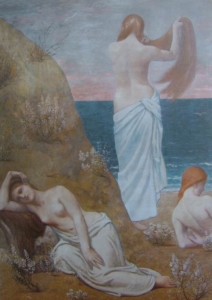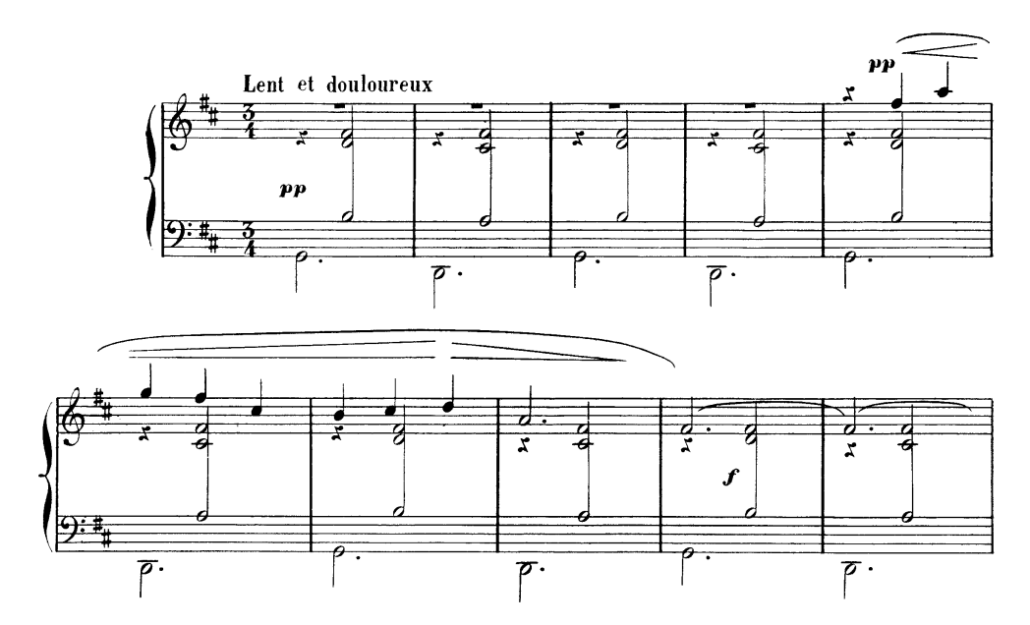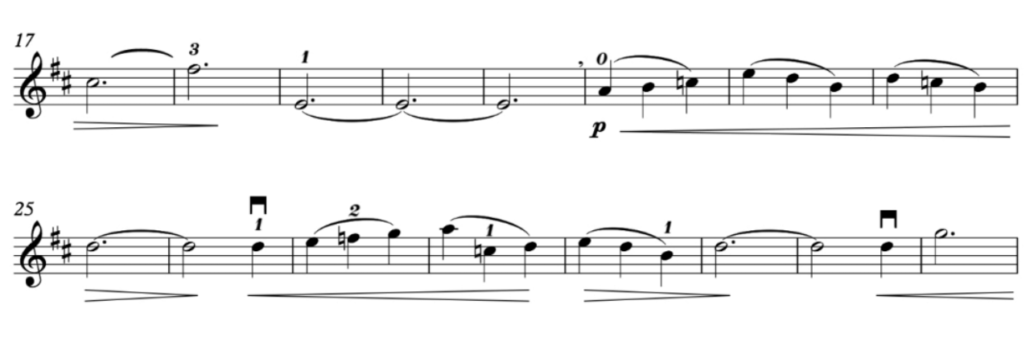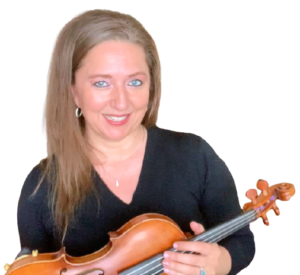Satie’s Gymnopédie 1 Violin and Piano
Satie’s Gymnopédie no 1, haunting yet not so innocent or simple for that matter. Love this piece from the first-ever acquaintance. Pictures of nighttime romantic walks on the streets of Paris in a light drizzle float through my mind.
Yet….it wasn’t until the Valentine’s Day weekend of 2022, did I truly understand and analyze Satie’s Gymnopédie no 1.
This all started when I innocently decided to know the exact French pronunciation of “Gymnopédie.”
In my search, I found a great video with an adorable sounding French man pronouncing Gymnopédie. Click the video to the right to take a listen.
The next plausible search was to find out what exactly does this four-syllable word mean? This is where my entire perception and understanding of these pieces radically changed.
According to wikipedia the definition of Gymnopédie: the ancient Greek word for an annual festival where young men danced naked – or perhaps simply unarmed.
The most likely definition that Satie would have found in a dictionary such as Dominique Mondo’s Dictionnaire de Musique, where gymnopédie is defined as a “nude dance, accompanied by song, which youthful Spartan maidens danced on specific occasions.”
Whoa…..
Taking this definition of gymnopédie as a backdrop, I started to study Gymnopédie arranged for violin and piano theoretically and for performance purposes.
Lucky for us musicians, Gymnopédie is in the public domain and you can find multiple arrangements at imslp.org by clicking here.
For my personal study, I used the edition available on Tomplay. With Tomplay, I am able to play along with the accompaniment as I study the piece. I am also able to print up the music so I can write in my own fingerings and bowings.
Sheetmusicplus has a digital download of Gymnopédie for violin and piano as well. Get your copy here.
Overall Analysis
Gymnopédie was originally written for piano, pictured above. It is in the key of D Major which has two sharps: F# and C#. In the violin-piano arrangement, the violin simply takes the melody as the piano continues with the constant chords on the first and second beats.
The violin enters in on the fifth measure with the melody. I chose to start up bow since it is a pianissimo entrance and I also chose fourth position to get a warmer tone on the F# as opposed to the strident F# in first position. Fourth position works well since I can also keep the phrase on one string.
There are some risks to fourth and that is nailing the intonation. As you see in the video, I have a strategy of finding that F# while the piano plays the first four measures. You can also see that I warm up the note with vibrato before even bowing. This allows for a warm tone at the very beginning of the note.
In the Tomplay version, measures 9-12 are four distinct dotted halves. At first I played this and thought it sounded like church bells ringing for four o’clock. However, after looking at the piano score, I decided it was best to tie them all since the original piano arrangement does not restrike the F# (third degree in D Major). Also, it makes more sense seeing as in measures 19-21 the dotted half note E’s (third degree in C Major) are also tied.
The F# in measures 9-12, I fingered as a low one in third position. Instead of shifting, I just lean my one back for a cleaner sound.
For the entire piece, I wanted to create the cleanest and purest sound possible without hearing shifts, slides and as much as possible to disguise bow changes within the musical phrase.
Measure 22 is where the fun begins. Our pure key of D Major starts to take it’s clothes off. We are introduced to our first naked C, a C without its sharp. Symbolic? I believe so.
The clothes stay off in measure 24 and in measure 26, the F sharp also disrobes his sharp. We have now officially entered the key of C Major.
Satie plays with this in measure 38 where we end the phrase on the C but wait aren’t we in D Major? Thus in measure 39 we have the D.
I chose to emphasize the theme above by bowing the dotted half note C on a down bow putting the emphasis of the end of the phrase on C and bowing the questioning D on the up bow.
The piece continues on as if nothing shocking happened just like the beginning. We continue through the same story but as F decides to show up in all his naked glory in measure 72. He definitely wants to make a statement at the height of the crescendo even.
This is in stark contrast to measure 33 where he wasn’t quite ready to join the naked party. All the other notes follow in naked suit within the land of C Major. We end the phrase with C in measure 77 but D comes in at the end and reminds everyone sheepishly and questioningly, we are in the key of D, aren’t we?
Hope you pleasantly enjoyed my analysis and performance. Thanks for reading and watching.
Heather is a classically trained concert violinist. She received her BM violin performance degree from CU-Boulder, studied with top teachers including Rachel Barton Pine. She has instructed millions of violinists globally via Youtube videos, online academies, group coaching and one on one sessions. Heather’s students have won multiple awards, concerto competitions, held concertmaster positions in orchestras and even performed in Carnegie Hall.
Heather is an advocate of a holistic violin lifestyle – putting one’s mind, body and spirit as a violin journey priority. When not playing her violin, you may find Heather on her macbook working online, swimming at the pool, playing with energy, reading classic literature or studying multiple languages at once.













Leave a Reply
Want to join the discussion?Feel free to contribute!